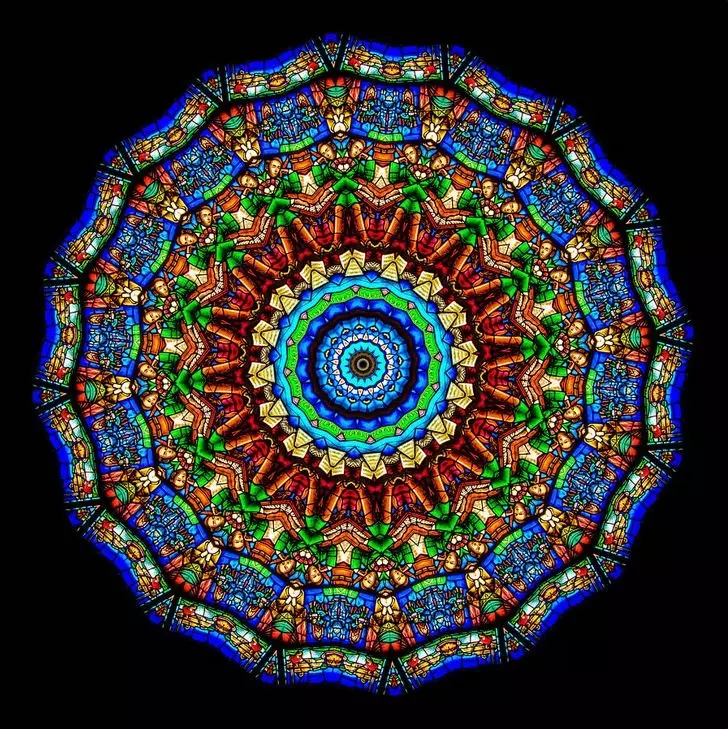sourcenode on Nostr: Matthew 27:51 - And behold, the curtain of the temple was torn in two, from top to ...
Matthew 27:51 - And behold, the curtain of the temple was torn in two, from top to bottom. And the earth shook, and the rocks split.
Claude AI analysis of the significance of the curtain:
The curtain (or veil) of the temple was a highly significant religious and symbolic barrier in the Jewish Temple in Jerusalem. It separated the Holy Place from the Holy of Holies (also called the Most Holy Place), which was considered the most sacred space in the temple where God's presence was believed to dwell.
This curtain was massive - according to historical accounts, it was about 60 feet high, 30 feet wide, and several inches thick. It was made of finely woven material and was a physical representation of the separation between God and humanity due to sin. Only the High Priest was permitted to pass beyond this curtain, and even then only once a year on Yom Kippur (the Day of Atonement) to make atonement for the sins of the people.
In Matthew 27:51, the curtain is described as being torn in two from top to bottom at the moment of Jesus's death. This tearing was deeply symbolic in Christian theology, representing:
1. The end of the separation between God and humanity
2. Direct access to God becoming available to all believers, not just the High Priest
3. The end of the need for the old sacrificial system, as Jesus's death was seen as the ultimate sacrifice
4. The transition from the Old Covenant to the New Covenant
The detail that it tore "from top to bottom" is often interpreted as emphasizing that this was an act of God (coming from above) rather than human action.
Claude AI analysis of the significance of the curtain:
The curtain (or veil) of the temple was a highly significant religious and symbolic barrier in the Jewish Temple in Jerusalem. It separated the Holy Place from the Holy of Holies (also called the Most Holy Place), which was considered the most sacred space in the temple where God's presence was believed to dwell.
This curtain was massive - according to historical accounts, it was about 60 feet high, 30 feet wide, and several inches thick. It was made of finely woven material and was a physical representation of the separation between God and humanity due to sin. Only the High Priest was permitted to pass beyond this curtain, and even then only once a year on Yom Kippur (the Day of Atonement) to make atonement for the sins of the people.
In Matthew 27:51, the curtain is described as being torn in two from top to bottom at the moment of Jesus's death. This tearing was deeply symbolic in Christian theology, representing:
1. The end of the separation between God and humanity
2. Direct access to God becoming available to all believers, not just the High Priest
3. The end of the need for the old sacrificial system, as Jesus's death was seen as the ultimate sacrifice
4. The transition from the Old Covenant to the New Covenant
The detail that it tore "from top to bottom" is often interpreted as emphasizing that this was an act of God (coming from above) rather than human action.
